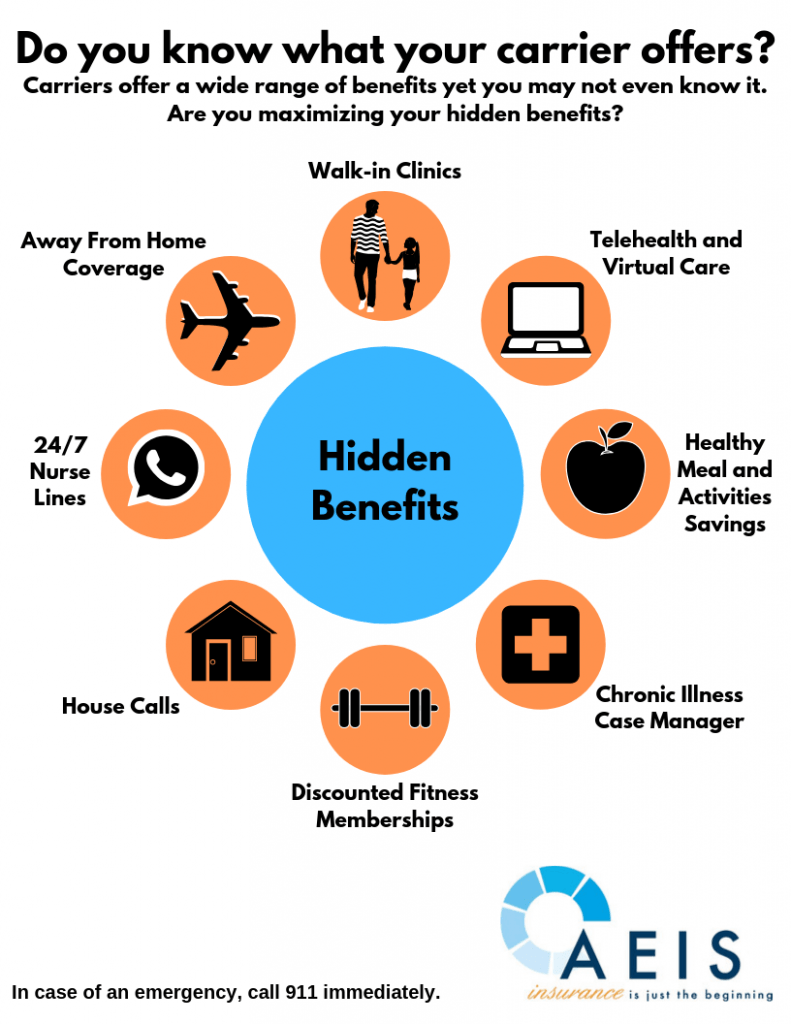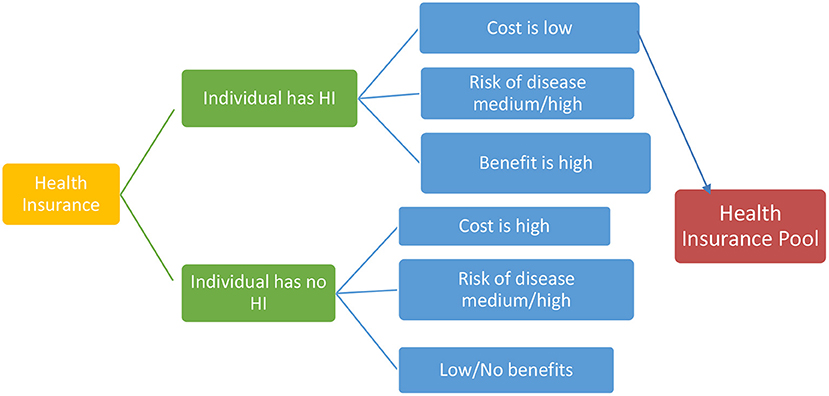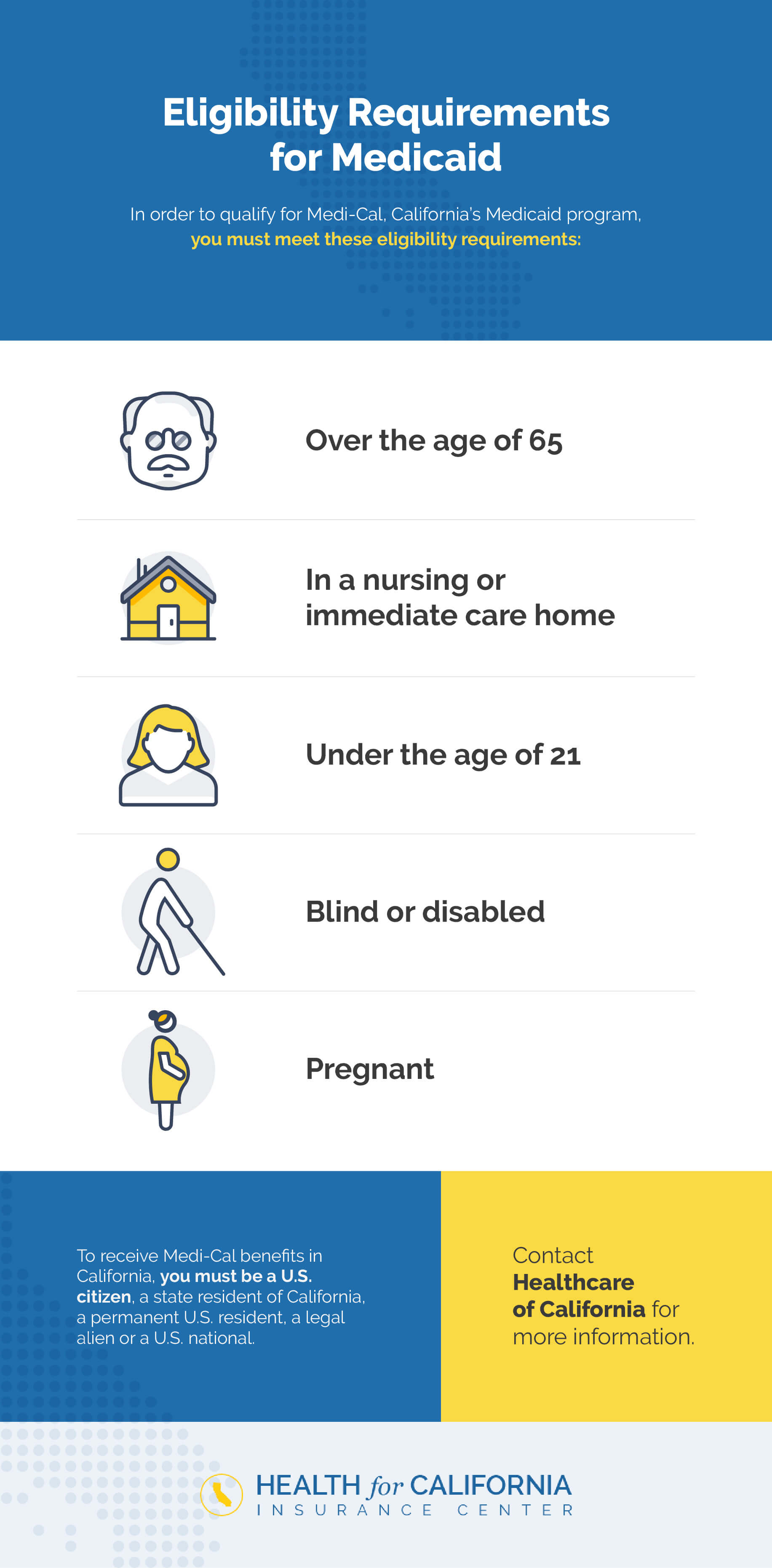What Does Medicare Advantage Agent Mean?
What Does Medicare Advantage Agent Mean?
Blog Article
How Medicare Advantage Agent can Save You Time, Stress, and Money.
Table of ContentsThe Ultimate Guide To Medicare Advantage AgentWhat Does Medicare Advantage Agent Do?What Does Medicare Advantage Agent Mean?

complies with from puzzling the fairly young age account of the without insurance with the better health, on average, of younger persons. This obscures the link between health and wellness standing and health and wellness insurance. For those without access to work environment health insurance policy, bad health is a prospective obstacle to buying nongroup coverage since such coverage may be very priced, omit pre-existing problems, or be simply not available. The number of without insurance Americans is not particularly huge and has actually not changed in current years. Seven out of 10 respondents in a country wide depictive survey assumed that less Americans lacked health insurance coverage than really do(Fronstin, 1998). Approximately half(47 percent )believed that the variety of people without wellness insurance policy reduced or remained consistent over the latter fifty percent of the last years(Blendon et al., 1999). This decline of almost 2 million in the variety of people 'without insurance (a reduction
of around 4 percent)is absolutely a positive adjustment. With a softer economic situation in 2000 the most up to date reported gains in insurance coverage might not proceed(Fronstin, 2001 ). The decline in the variety of without insurance will not continue if the economic situation continues to be slow-moving and wellness care expenses remain to outpace inflation. This is since the information were gathered for a period of strong financial performance. Of the approximated 42 million people who were without insurance, almost about 420,000(about 1 percent)were under 65 years old, the age at which most Americans end up being qualified for Medicare; 32 million were grownups between ages 18 and 65, around 19 percent of all grownups in this age group; and 10 million were kids under 18 years of age, regarding 13.9 percent of all kids (Mills, 2000). These estimates of the variety of persons uninsured are generated from the yearly March Supplement to the Current Population Survey (CPS), carried out by the Census Bureau. Unless or else kept in mind, national estimates of individuals without health and wellness insurance and proportions of the populace with different sort of coverage are based on the CPS, one of the most commonly utilized resource of estimates of insurance coverage and uninsurance prices. These studies and the price quotes they yield are defined briefly in Table B. 1 in Appendix B - Medicare Advantage Agent. These studies vary in dimension and tasting methods, the questions that are asked concerning insurance policy
The Greatest Guide To Medicare Advantage Agent
protection, and the time duration over which insurance policy coverage or uninsurance is gauged(Lewis et al., 1998, Fronstin, 2000a ). Still, the CPS is specifically useful due to the fact that it creates annual estimates relatively swiftly, reporting the previous year's insurance policy coverage estimates each September, and since it is the basis for a regular set of estimates for even more than two decades, permitting analysis of patterns in coverage in time.

An Unbiased View of Medicare Advantage Agent
Over a three-year period starting early in 1993, 72 million individuals, 29 percent of the U.S. population, lacked insurance coverage for a minimum of one month. Within a single year(1994), 53 million people experienced a minimum of a month without protection(Bennefield, 1998a). Six out of every 10 without insurance grownups are themselves used. Working does improve the chance that one and one's household participants will certainly have insurance policy, it is not a guarantee. Even members of families with 2 permanent wage income earners have virtually a one-in-ten possibility of being without insurance (9.1 percent without insurance rate)(Hoffman and Pohl, 2000 ). The connection in between wellness insurance and access to care is well established, as recorded later in this chapter. Although the connection in between health and wellness insurance and health and wellness outcomes is neither direct nor straightforward, a substantial scientific and wellness solutions study literature links medical insurance coverage
to improved access to care, much better high quality, and improved individual and population wellness status. The 2nd record, on personal wellness results for uninsured grownups, is represented by the innermost circle of the figure, while the third record, on family members health, incorporates the subjects of the 2nd report yet highlights a different system of evaluation, namely, the family. The 6th record in the series will present info concerning strategies and campaigns undertaken Get More Info locally, statewide, or nationally to address the absence of insurance coverage and its adverse influences. Levels of evaluation for examining the impacts of uninsurance. This discussion of health and wellness insurance protection concentrates mostly on the U.S. population under age 65 due to the fact that practically all Americans 65 and older have Medicare or various other public insurance coverage.
It focuses particularly on those without any type of health and wellness insurance policy for any type of size of time. The issues encountered by the underinsured are in some respects similar to those faced by the without insurance, although they are typically less extreme. Uninsurance and underinsurance, nevertheless, include definitely various policy concerns, and the methods for addressing them may vary. Throughout this study and the 5 reports to follow, the main focus gets on persons with no wellness insurance policy and therefore no support in spending for healthcare beyond what is readily available with charity and safeguard institutions. Health insurance coverage is a powerful factor affecting invoice of care since both clients and doctors reply to the out-of-pocket price of services. Health and wellness insurance coverage, nonetheless, is neither required neither sufficient to access to medical solutions. However, the independent and direct impact of health
insurance policy coverage on accessibility to health solutions is well established. Others will acquire the health care they need even without medical insurance, by paying for it expense or seeking it from companies that supply care totally free or at highly subsidized prices. For still others, medical insurance alone does not make sure invoice of care because of other nonfinancial obstacles, such as an absence of health and wellness treatment providers in their community, restricted access to transportation, illiteracy, or linguistic and cultural differences. Formal research study regarding uninsured populations in the United States dates to the late 1920s and early 1930s when the Committee on the Expense of Treatment produced a series of reports about financing physician office gos to and hospitalizations. This issue became prominent as the numbers of medically indigent climbed throughout the Great Depression. Empirical studies consistently support the web link in between access to care and boosted health end results(Bindman et al., 1995; Starfield, 1995 ). Having a routine source of treatment can be taken into consideration a forecaster of accessibility, instead than a straight action of it, when health outcomes are themselves used as gain browse around this site access to indications. This extension of the notion of access dimension was made by the IOM Board on Keeping An Eye On Gain Access To to Personal Health Treatment Solutions(Millman, 1993, p. Whether or not parents are guaranteed appears to influence whether their children obtain care as well as just how much careeven if the kids themselves have coverage(Hanson, 1998). The wellness of parents can affect their capacity to take care of their children and the degree of family stress and anxiety. Fretting about their children's accessibility to care is itself a resource of stress and anxiety for parents. Three phases comply with in this report. Phase 2 provides an introduction of how employment-based medical insurance, public programs and individual insurance policy policies operate and connect to offer considerable but insufficient coverage of the U.S. populace. This includes an evaluation of historic trends and public plans great post to read influencing both public and private insurance coverage, a discussion of the interactions amongst the different types of insurance policy, and an evaluation of why individuals relocate from one program to another or end up

Report this page